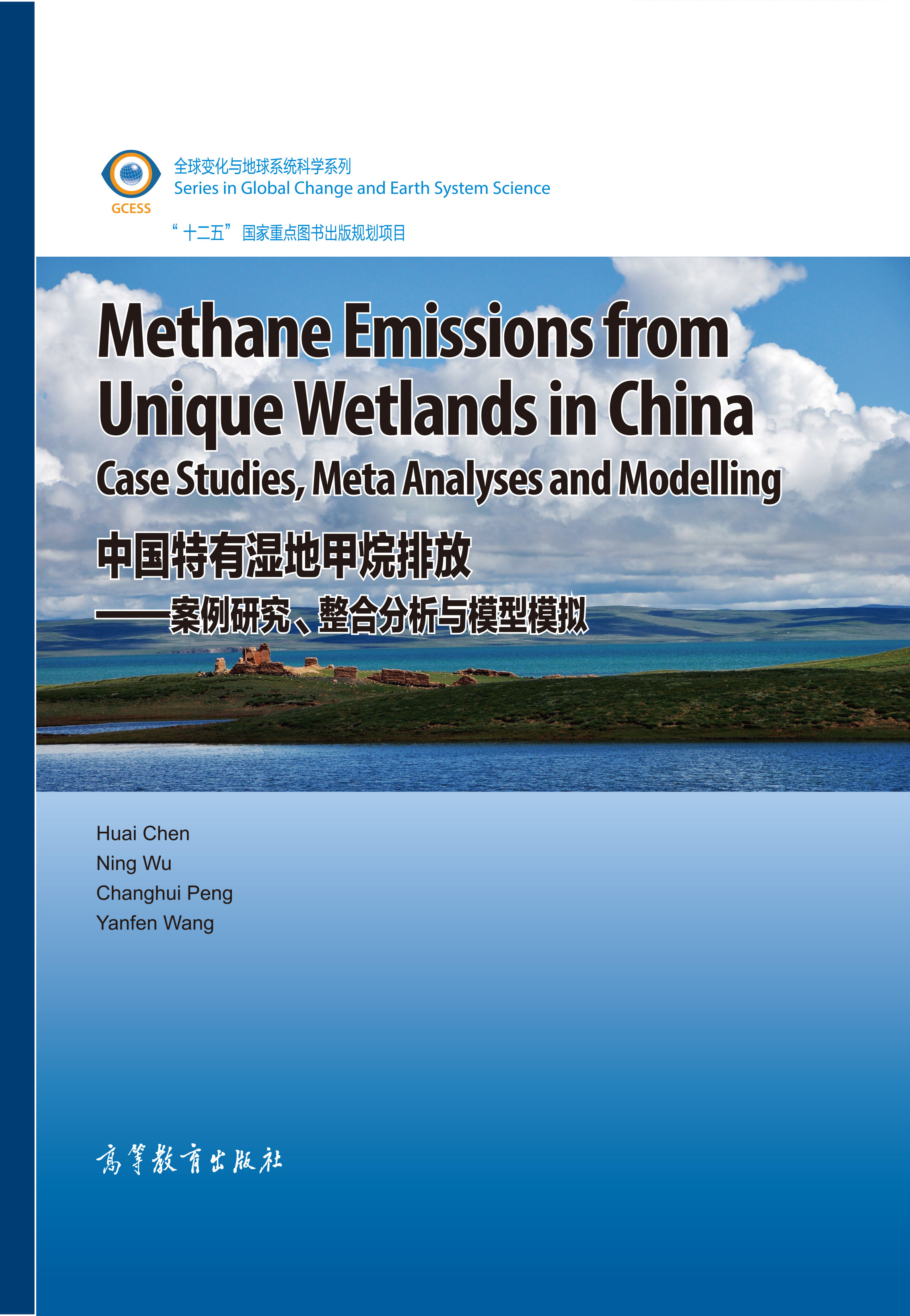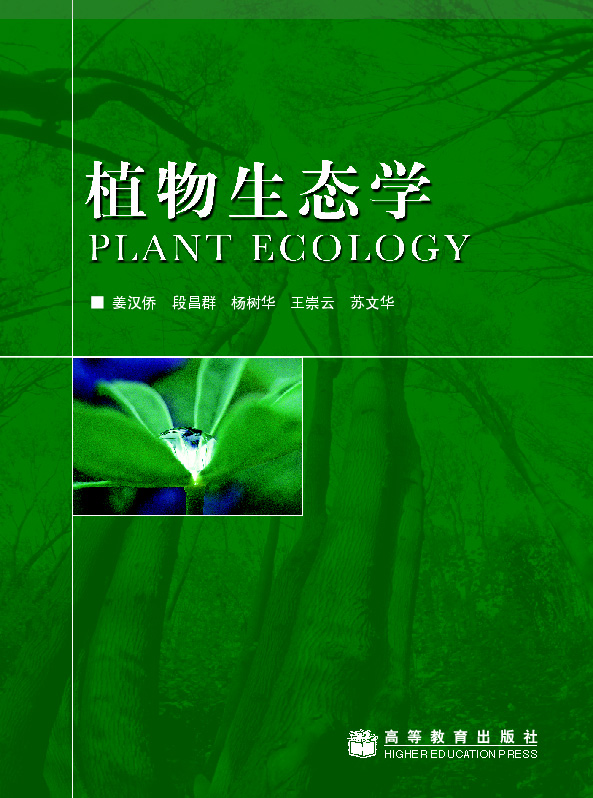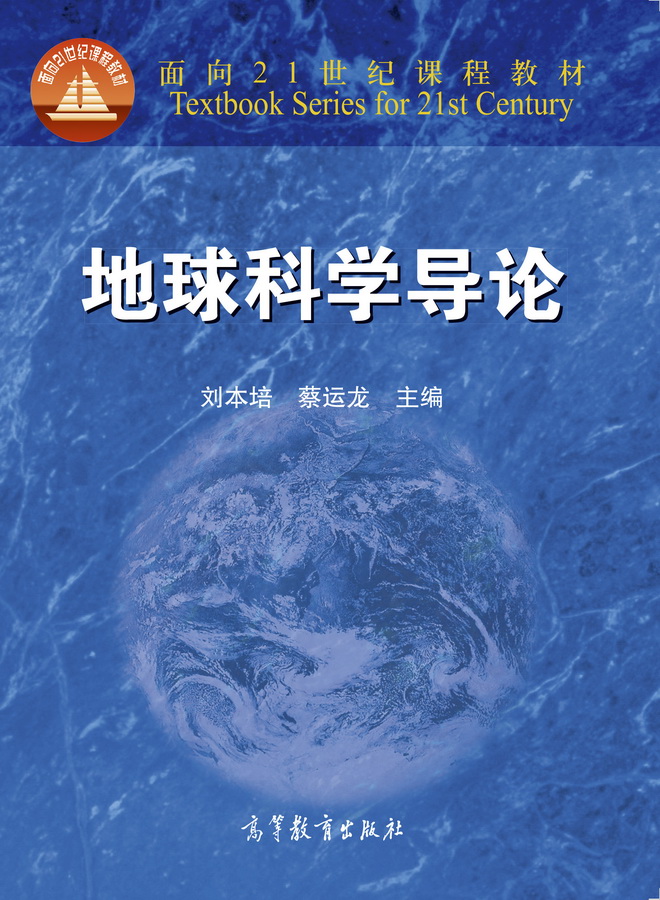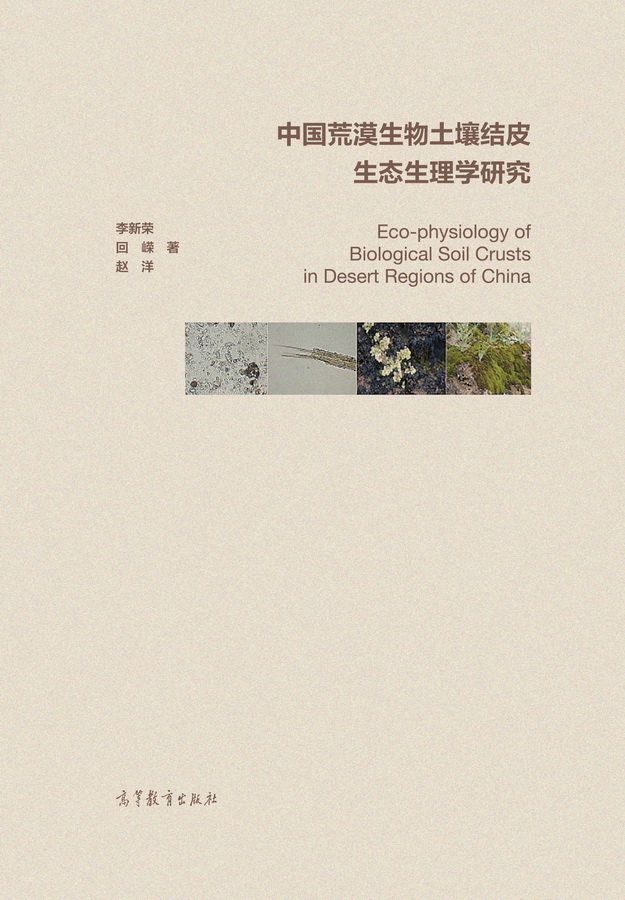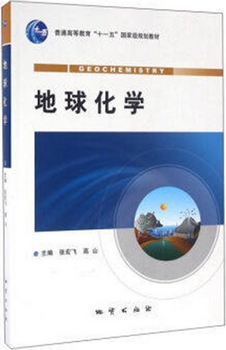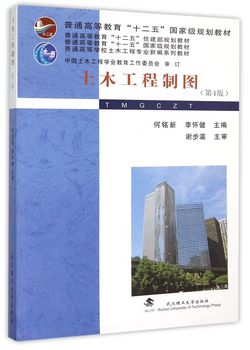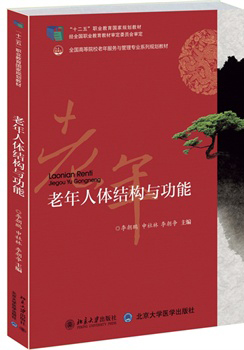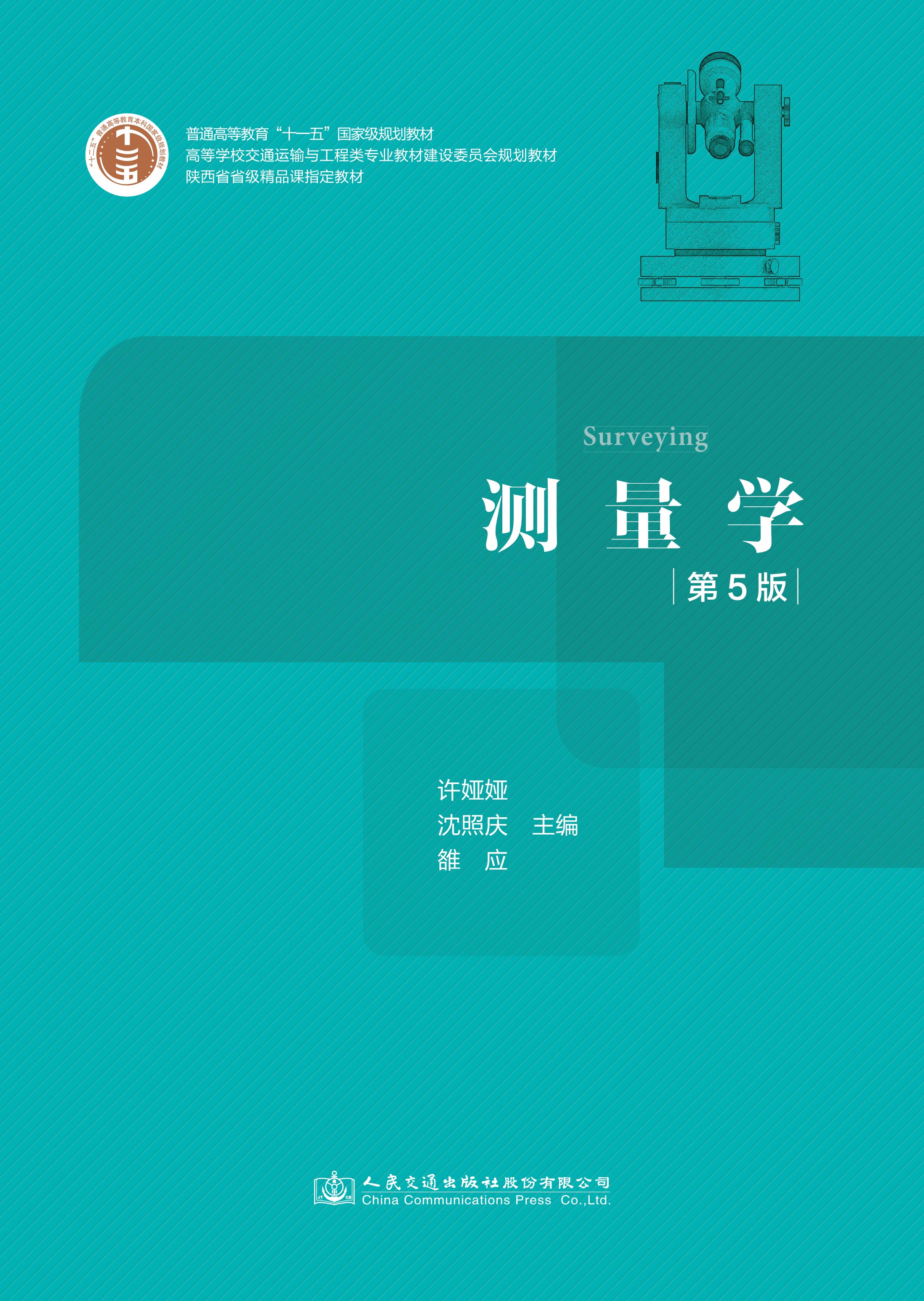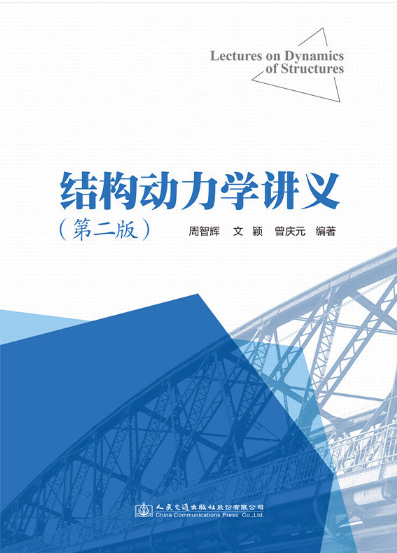地球生物学(英文版·双语教学教材·全彩色铜版纸印刷)
定价:¥58.00
作者: 张兴亮
出版时间:2012-07
出版社:地质出版社
普通高等教育“十一五”国家级规划教材
- 地质出版社
- 9787116075719
- 1版
- 28417
- 49259060-9
- 平装
- 正16开
- 2012-07
- 470
- 308
- 理学
- 地质学类
- Q1-0;P
- 地质学、资源勘查
- 本科
内容简介
张兴亮编著的《地球生物学(普通高等教育十一五国家级规划教材)(英文版)》吸收了地球生物学研究领域的最新研究成果,以生命过程中的地质结果为主线,较系统地介绍了地质圈和生物圈之间的相互作用及其演化历史。内容包括①生物与无机环境的相互作用,强调新陈代谢的地质意义及极端环境下的生命现象;②微生物膜和微生物席构成的复杂生态系统的地球生物学作用及其地质记录;③地质圈与生物圈之间的物质与能量循环;④生物作用的地质印记,包括生物矿化作用、生物沉积成岩作用、生物对矿物和岩石的破坏作用;⑤生物与环境的协同演化过程。
本书主要针对地质学科各专业高年级本科生和研究生学习了解地球生物学而编写的教材,对广大从事地质学和生物学的科研工作者和教师也有重要的参考价值。
本书主要针对地质学科各专业高年级本科生和研究生学习了解地球生物学而编写的教材,对广大从事地质学和生物学的科研工作者和教师也有重要的参考价值。
目录
Preface
Chapter 1 Biological Diversity: AGeobiological View
1.1 Introduction
1.2 Classification of Living Organisms
1.2.1 Three Domains of Life
1.2.2 Six Kingdoms of Life
1.2.3 Life and Rocks
1.3 Diversity of Biological Metabolism
1.3.1 Metabolic Classification of Organisms
1.3.2 Photosynthesis
1.3.2.1 Oxygenic Photosynthesis
1.3.2.2 Anoxygenic Photosynthesis
1.3.3 Nitrogen Fixation
1.3.4 Chemolithoautotrophic Pathways
1.3.4.1 Hydrogen-oxidation: Using the Chemical Energy in Ha to Fix Carbon
1.3.4.2 Methanogenesis and Acetogenesis : CO2 as an Electron Acceptor
1.3.4.3 Sulfur-oxidation
1.3.4.4 Fe ( II )-oxidation
1.3.4.5 Manganese-oxidation
1.3.4.6 Ammonium and Nitrite-oxidation
1.3.5 Catabolism
1.3.5.1 Glycolysis and Fermentation
1.3.5.2 Aerobic Respiration
1.3.5.3 Nitrate Reduction and Denitrification Process
1.3.5.4 Reduction of Manganese and Other Inorganic Substance..
1.3.5.5 Ferric Iron Reduction
1.3.5.6 Sulfate Reduction
1.3.5.7 Methanogenesis
1.3.5.8 Methanotrophs and Methylotrophs
1.4 Biologically Induced Isotopic Fractionation
1.4.1 Carbon Isotopic Fractionation
1.4.2 Sulfur Isotopic Fractionation
1.5 Life in Extreme Environments
1.5.1 Classification
1.5.1.1 Acidophiles
1.5.1.2 Alkaliphiles
1.5.1.3 Barophiles
1.5.1.4 Halophiles
1.5.1.5 Psychrophiles
1.5.1.6 Radiodurans
1.5.1.7 Thermophiles
1.5.1.8 Xerophiles
1.5.2 Communities in Hydrothermal Systems and Cold Seeps
1.5.2.1 Hydrothermal Vents and Cold Seeps
1.5.2.2 Microorganisms around Hydrothermal Vents
1.5.2.3 Animals Living at Thermal Vents
Chapter 2 Fossil and Recent Biofilms and Biomats
2.1 Introduction
2.1.1 Specific Features
2.1.1.1 Genetic Variations and Cell-to-cell Communications.
2.1.1.2 EPS
2.1.1.3 Preservation Potential
2.1.2 Similarities and Differences
2.2 Fossil and Recent Biofilms
2.2.1 What are Biofilms? Where are Biofilms Found?
2.2.2 Why Learn about Biofilms?
2.2.3 Types of Biofilms
2.2.4 Development of Biofilms
2.2.4.1 Surface Conditioning
2.2.4.2 Adhesion of Pioneer Bacteria
……
Chapter 3 Environment as a System and Biogeochemical Cycles
Chapter 4 Biomineralization and Organomineralization
Chapter 5 Biogenic Sedimentation
Chapter 6 Bioerosion, Biological Weathering, Biocorrosion, and Soil Formation
Chapter 7 Synergic Evolution of Geosphere and Biosphere
Index
Chapter 1 Biological Diversity: AGeobiological View
1.1 Introduction
1.2 Classification of Living Organisms
1.2.1 Three Domains of Life
1.2.2 Six Kingdoms of Life
1.2.3 Life and Rocks
1.3 Diversity of Biological Metabolism
1.3.1 Metabolic Classification of Organisms
1.3.2 Photosynthesis
1.3.2.1 Oxygenic Photosynthesis
1.3.2.2 Anoxygenic Photosynthesis
1.3.3 Nitrogen Fixation
1.3.4 Chemolithoautotrophic Pathways
1.3.4.1 Hydrogen-oxidation: Using the Chemical Energy in Ha to Fix Carbon
1.3.4.2 Methanogenesis and Acetogenesis : CO2 as an Electron Acceptor
1.3.4.3 Sulfur-oxidation
1.3.4.4 Fe ( II )-oxidation
1.3.4.5 Manganese-oxidation
1.3.4.6 Ammonium and Nitrite-oxidation
1.3.5 Catabolism
1.3.5.1 Glycolysis and Fermentation
1.3.5.2 Aerobic Respiration
1.3.5.3 Nitrate Reduction and Denitrification Process
1.3.5.4 Reduction of Manganese and Other Inorganic Substance..
1.3.5.5 Ferric Iron Reduction
1.3.5.6 Sulfate Reduction
1.3.5.7 Methanogenesis
1.3.5.8 Methanotrophs and Methylotrophs
1.4 Biologically Induced Isotopic Fractionation
1.4.1 Carbon Isotopic Fractionation
1.4.2 Sulfur Isotopic Fractionation
1.5 Life in Extreme Environments
1.5.1 Classification
1.5.1.1 Acidophiles
1.5.1.2 Alkaliphiles
1.5.1.3 Barophiles
1.5.1.4 Halophiles
1.5.1.5 Psychrophiles
1.5.1.6 Radiodurans
1.5.1.7 Thermophiles
1.5.1.8 Xerophiles
1.5.2 Communities in Hydrothermal Systems and Cold Seeps
1.5.2.1 Hydrothermal Vents and Cold Seeps
1.5.2.2 Microorganisms around Hydrothermal Vents
1.5.2.3 Animals Living at Thermal Vents
Chapter 2 Fossil and Recent Biofilms and Biomats
2.1 Introduction
2.1.1 Specific Features
2.1.1.1 Genetic Variations and Cell-to-cell Communications.
2.1.1.2 EPS
2.1.1.3 Preservation Potential
2.1.2 Similarities and Differences
2.2 Fossil and Recent Biofilms
2.2.1 What are Biofilms? Where are Biofilms Found?
2.2.2 Why Learn about Biofilms?
2.2.3 Types of Biofilms
2.2.4 Development of Biofilms
2.2.4.1 Surface Conditioning
2.2.4.2 Adhesion of Pioneer Bacteria
……
Chapter 3 Environment as a System and Biogeochemical Cycles
Chapter 4 Biomineralization and Organomineralization
Chapter 5 Biogenic Sedimentation
Chapter 6 Bioerosion, Biological Weathering, Biocorrosion, and Soil Formation
Chapter 7 Synergic Evolution of Geosphere and Biosphere
Index


